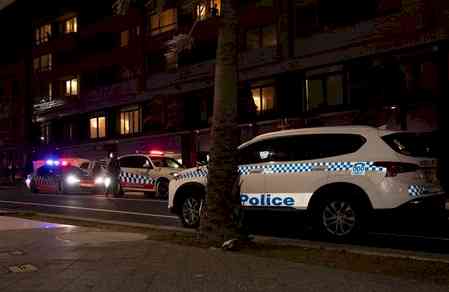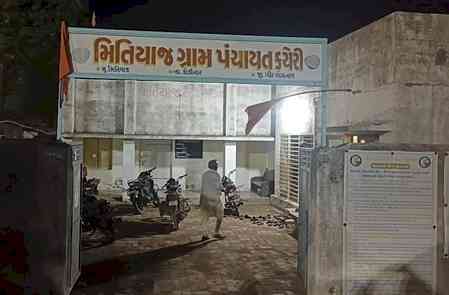Everything you need to know - Male Breast Cancer
Breast cancer is a type of cancer that is most commonly seen among women; however, it does occur in men as well. This is because, although minimal in quantity, men do have breast tissue that has the potential to become malignant similarly to women, albeit much less commonly and with a known ratio of 1 male case to 100 in females and occurs in about 1% of all breast cancers. Male breast cancers generally account for 0.5% of all cancer diagnosis among men, but there has been a recent concern about the rising incidence in the past few decades.

by Dr Sneha Kommineni, Consultant - Medical Oncology and Haemato-Oncology, Aster RV Hospital
Breast cancer is a type of cancer that is most commonly seen among women; however, it does occur in men as well. This is because, although minimal in quantity, men do have breast tissue that has the potential to become malignant similarly to women, albeit much less commonly and with a known ratio of 1 male case to 100 in females and occurs in about 1% of all breast cancers. Male breast cancers generally account for 0.5% of all cancer diagnosis among men, but there has been a recent concern about the rising incidence in the past few decades.
Risk Factors for Male Breast Cancer:
Some of the most prevalent risk factors for breast cancer in men are:
1. Family History: Having a first- or second-degree relative with breast cancer increases a man's risk of developing the disease, therefore family history is important.
2. Other possible triggers have also been found, and they include disorders with elevated oestrogen circulation, such as cryptorchidism, orchitis, and orchiectomy, obesity, marijuana usage, hepatic dysfunction, thyroid illness, and oestrogen-containing drugs.
3. Lastly, environmental factors have also been linked to a higher risk of breast cancer in men than in women. These factors include radiation therapy prior to cancer treatment, jobs involving exposure to or use of organic solvents like trichloroethylene, and occupations
What to look out for and when to consult:
Male patients most frequently complain of a painless mass in one breast, along with other possible symptoms such nipple retraction, nipple discharge, ulceration, and pain when they visit the clinic. Male gynecomastia masks the problem, however overall, male masses are simpler to appreciate than female ones because of the smaller breast size.
Test include a triple assessment to diagnose male breast cancer and includes the following:
1. Clinical evaluation
2. Ultrasonography or mammography.
3. Core biopsy
With a sensitivity score of about 92% and a specificity score of about 90%, mammography is one of the most successful diagnostic techniques; nevertheless, this modality may occasionally be limited because male breasts differ in size and volume. Because of this, the most accurate diagnosis for male breast cancer is provided by ultrasound-guided core biopsy, which is favoured over fine-needle aspiration.
Chances of Cure:
Male and female survival rates are comparable across stages. The overall 5-year survival rate for male breast cancer is between 40% to 65%, primarily due to delayed diagnosis. Stage I would be around 75–100%, Stage II would be approximately 50–80%, Stage III would be approximately 30–60%, and Stage IV would be approximately 20–30% when stratified.
Treatment
The same guidelines that apply to the treatment and management of a female patient with breast cancer also apply to male patients, and these guidelines would be:
· Resection of the tumor or mass, with adjuvant endocrine therapy, chemotherapy (CT), or radiation therapy (RT) administered thereafter
· A straightforward mastectomy performed in isolation for small lesions, and in conjunction with radiation therapy (RT) and chemotherapy (CT) for more advanced tumor stages
· Tamoxifen should be used as adjuvant treatment for a minimum of five years
· Tamoxifen is recommended above other treatments since the majority of metastatic male breast cancers are oestrogen receptor positive
Post Treatment Care: Long-term monitoring is necessary because men are at very high risk for a second ipsilateral or contralateral breast lesion.
Screening: Routine screening of males with breast cancer is not established due to the rarity of the disease occurrence in the general male population. Yet, males should be educated on the potential risk factors discussed above and should be advised on genetic counselling if they have a family history of breast cancer (in both males and females) or other cancers that may be triggered by a BRCA gene, for example, an ovarian, pancreatic, testicular, or prostate cancers.
Final Note: Male breast cancer is uncommon, but if diagnosed early is curable. The mainstay of the treatment is excision and hormonal therapy, genetic counselling in case of family history, and consultation with a doctor in case of slightest suspicion increases the chance of cure.


 City Air News
City Air News 











